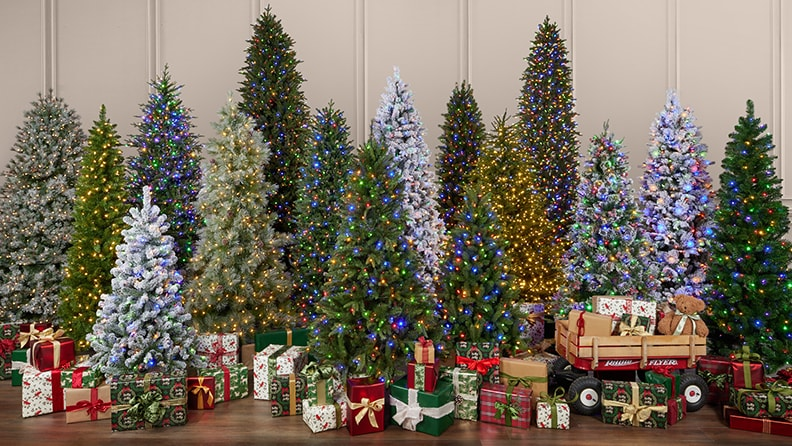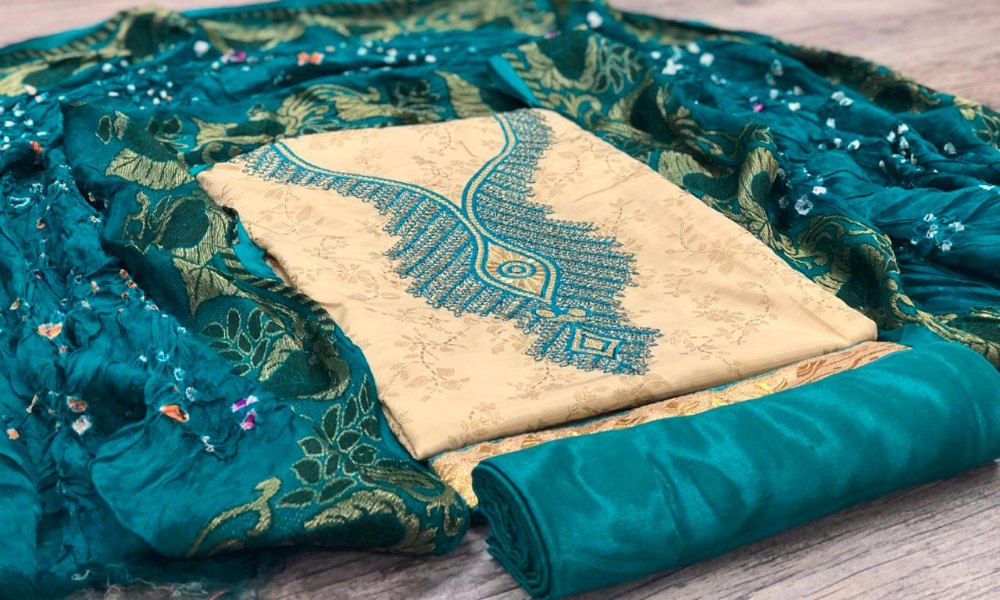Artificial trees don’t shed needles and are easy to set up and store. Many artificial trees are incredibly realistic, giving you the look of a fresh-cut tree with less effort. Artificial trees also offer some unique styles and colors that don’t occur in nature.
Artificial Christmas Trees
There are several things you’ll want to keep in mind when shopping for an artificial Christmas tree
Tree Size and Shape
Artificial Christmas trees typically range in height from 5 feet to 12 feet or more, so it’s easy to find a tree for almost any ceiling height. You should keep the Christmas tree shape and circumference in mind as well. There are slim trees and full-shape trees available to choose from. The best artificial Christmas tree isn’t always the biggest or fullest; it’s the one that best complements your room’s space. Large, full trees create a big display and tend to look more realistic, but due to their size, they’re best for spacious, open rooms. Slim Christmas trees or pencil trees let you decorate corners or rooms where a full tree would be overpowering or block walkways.
Artificial Christmas Trees That Look Real
To replicate the look of pine, fir, spruce or other species of trees, artificial pine needles are created using extruded polyvinyl chloride (PVC), molded polyethylene (PE) or a combination of both. Here’s a look at the differences.
PVC Christmas Trees
Traditional trees feature branches made with fine strands of PVC needles that are soft and flat for a classic look. Although these type of artificial trees resemble evergreen trees, they’re the least realistic. You’ll need to shape a tree made with shredded PVC when you take it out of the box or storage.
Realistic Trees
Realistic trees are designed with a combination of PVC and high-quality PE materials for a mixed-foliage appearance. PVC needles act as filler for fullness, while PE on the tips of the trees help create a lifelike look.
Lifelike Trees
Lifelike trees use mostly PE needles to capture the essence of a natural evergreen. This texture and color variation on the branches and tips offer the most realistic appearance. This type of tree may not require as much effort when shaping.
Artificial Tree Setup
Look for hinged branches that simplify setup and takedown. To set up the tree, just pull down the branches. And when it’s time to take the tree down, simply fold the branches back up. Also, look for a tree with a sturdy metal stand that’ll keep the tree from toppling or leaning once you add all the ornaments. Plastic stands may not be as sturdy. If you’re worried about your floor, look for a stand with rubber feet. Some trees come with a storage bag, too.
Artificial Christmas Tree Features
Many artificial trees are pre-lit, meaning lights are already included on the tree branches. You can find trees with multicolor or color-changing lights, clear incandescent or LED lights with constant-on features, or lights with random twinkling patterns. Other features include on/off foot pedals and constant-on or stay-lit lights that stay lit even if a bulb comes loose.
Flocked Christmas trees have branches finished with a textured material. This feature gives the look of branches that are dusted or covered with snow, creating the appearance of a real tree. While unflocked Christmas trees are more common, there’s a wide variety of both options available.
Self-shaping trees have wire in the branches to make the tree expand to its original shape when you remove it from the box.
The tip-count number provides an idea of how full the tree looks. Don’t rely completely on this number as tip sizes may vary. Also, some varieties of trees — pine, for example — naturally have a less-dense look than some other types of trees, such as fir. Let the tree’s overall appearance be your guide.
Tree colors vary from a mix of lifelike greens to more decorative colors, such as white, silver and gold.




